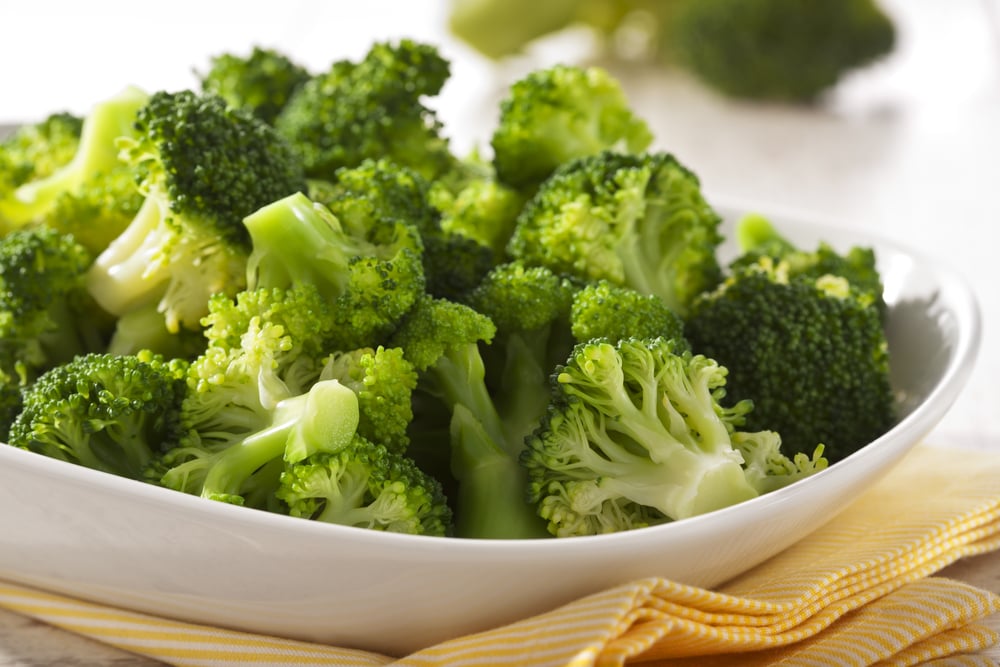Cycling
Bicycles don’t just provide a great way to get around town; they can also offer a super effective cardiovascular workout. Because cycling induces almost no impact, it’s a great exercise for people of all ages and mobility ranges, as well as individuals recovering from injury. Depending on intensity of terrain and/ or speed, cycling can burn anywhere from 200 to 500 calories per hour all while providing a great way to explore your area. In inclement weather, a spin bike is a great option. Although the surroundings don’t change, spin bikes perhaps provide more opportunity to focus on maintaining a specific pace and level of effort than does a traditional bicycle.
Rowing
Like cycling, rowing is another excellent cardiovascular exercise choice for individuals who prefer low-impact exercise. Also like cycling, rowing can be done inside or outside, although outdoor rowing is somewhat less accessible than the indoor rowing machines that are available at most gyms. Rowing requires engagement of most of the body’s large muscle groups, and accordingly, can provide an exceptional cardiovascular stimulus. Because it engages the whole body, rowing can also develop full body coordination. Indoor rowing is ideal for high intensity interval training because it allows rapid increase and decrease of effort and heart rate via resistance adjustments. Rowing can burn between 300 and 600 calories in a half hour depending on intensity.
Hockey
Not only is hockey fun and exciting, but it also dramatically improves full body coordination, reflexes and of course cardiovascular endurance. A dynamic sport that can be played on ice with ice skates, in a roller rink with roller blades, or even on a grass field with sneakers or cleats, the sport is more accessible than many might think. Many hockey enthusiasts report that although the cardio element can at times be extreme, they don’t notice the effort as much because so much concentration and teamwork is required. Hockey can burn up to 800 calories an hour depending on intensity.
Running
Perhaps one of the simplest, oldest and most accessible sports, running can provide a very good cardiovascular workout. Sprinting can actually mimic weightlifting and stimulate a similar set of muscle fibers as heavy leg presses or jump squats. Although running is generally a high-impact exercise, it can be made more gentle if it’s done on a treadmill or on a track with a shock absorbing surface and a set of running specific sneakers. Running on a sandy beach is even lower impact and provides more resistance, further boosting the sport’s cardio benefits. Additionally, running at a lower intensity while practicing deep breathing techniques can also benefit cardiovascular endurance more than without deep breathing, a fact which many don’t realize.
Racquetball
Although racquetball might not immediately seem like a great cardio workout, players can burn up to 800 calories per hour covering the court in pursuit of the ball. Because the sport requires rapid directional changes, accuracy, quick reaction time and a well planned strategy, the cardiovascular demands might not be as noticeable or seem as onerous. Other racquet sports, like tennis, squash, badminton and even table tennis (ping pong) also provide excellent cardiovascular and endurance benefits, especially when played vigorously.
Soccer
The most played sport in the world, soccer is highly accessible, with its only requirements being a ball and an open space. Because players have to cover large areas quickly with rapid directional and speed changes, the sport develops cardiovascular endurance very effectively. In a 90-minute soccer match, the average player will run approximately five miles (depending on the size of the field). Soccer also develops dexterity, body awareness, spatial awareness and highly functional multiplanar movement patterns. And as is the case for the sports previously mentioned, the perceived intensity and physical demands of soccer are diminished because it requires a great deal of focus on teamwork, strategy and accuracy.












